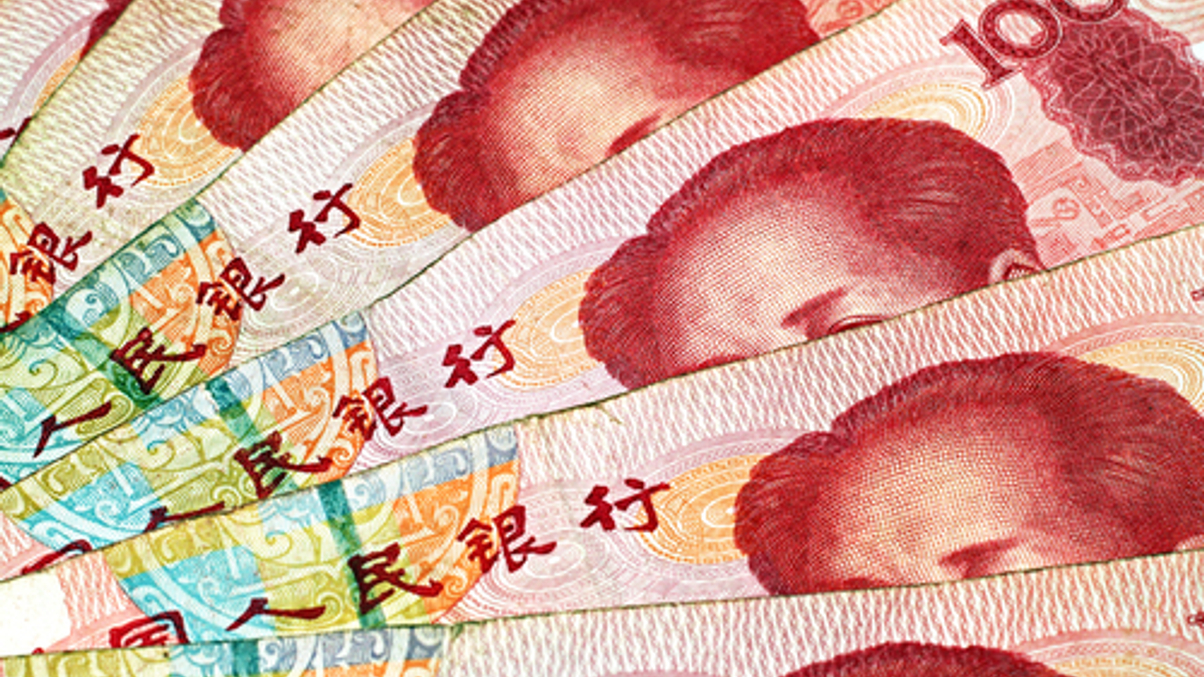Reports of RQFII’s demise seem greatly exaggerated
Investors look set to use the Chinese cross-border scheme for some years yet. It still offers certain advantages over Stock Connect, including lower trading costs, say fund executives.

This week Beijing finally handed new quota to Hong Kong under the renminbi qualified institutional investor (RQFII) scheme, after hitting the original Rmb270 billion cap back in October 2014.
Sign in to read on!
Registered users get 2 free articles in 30 days.
Subscribers have full unlimited access to AsianInvestor
Not signed up? New users get 2 free articles per month, plus a 7-day unlimited free trial.
¬ Haymarket Media Limited. All rights reserved.


